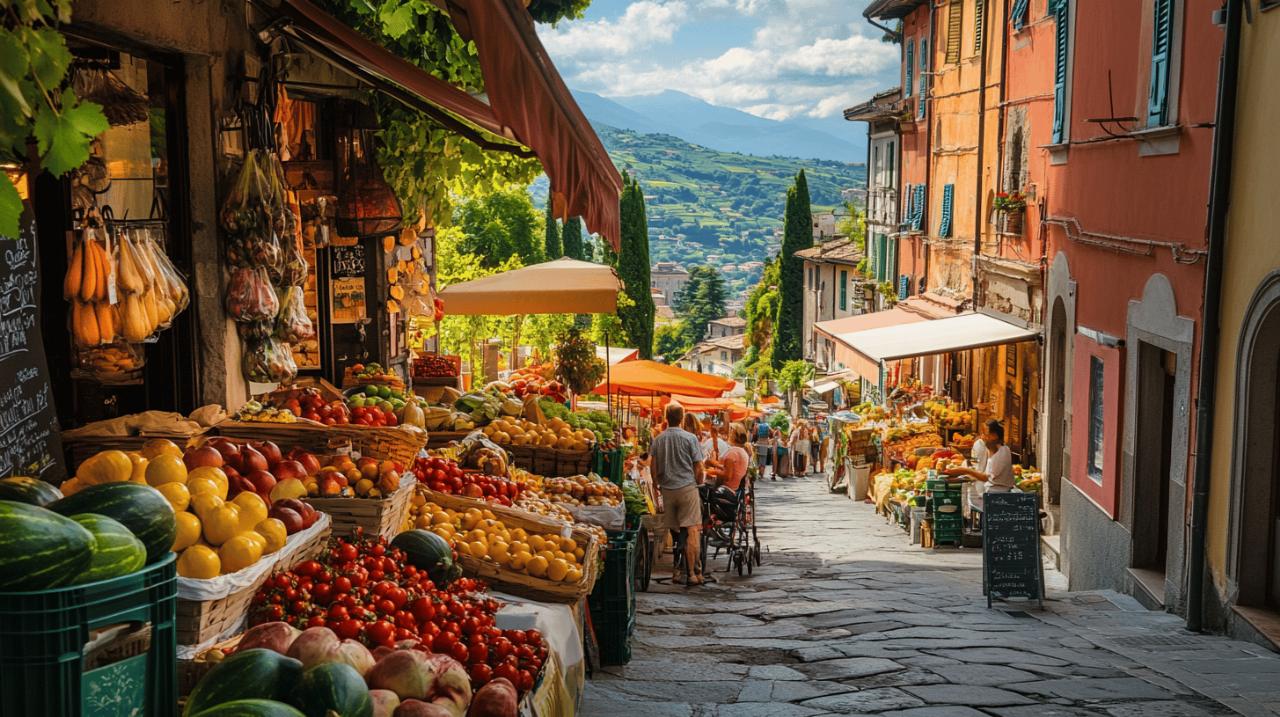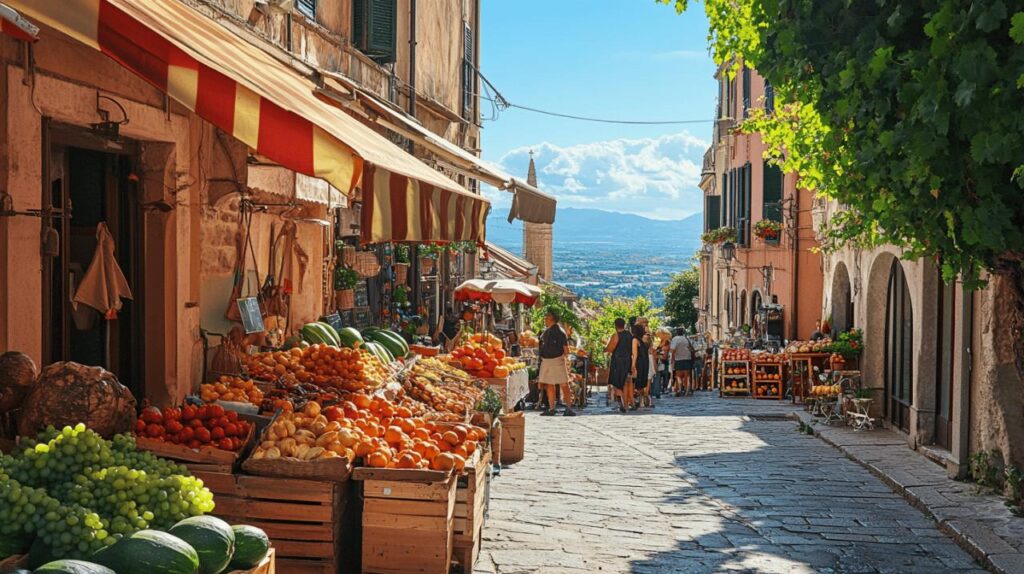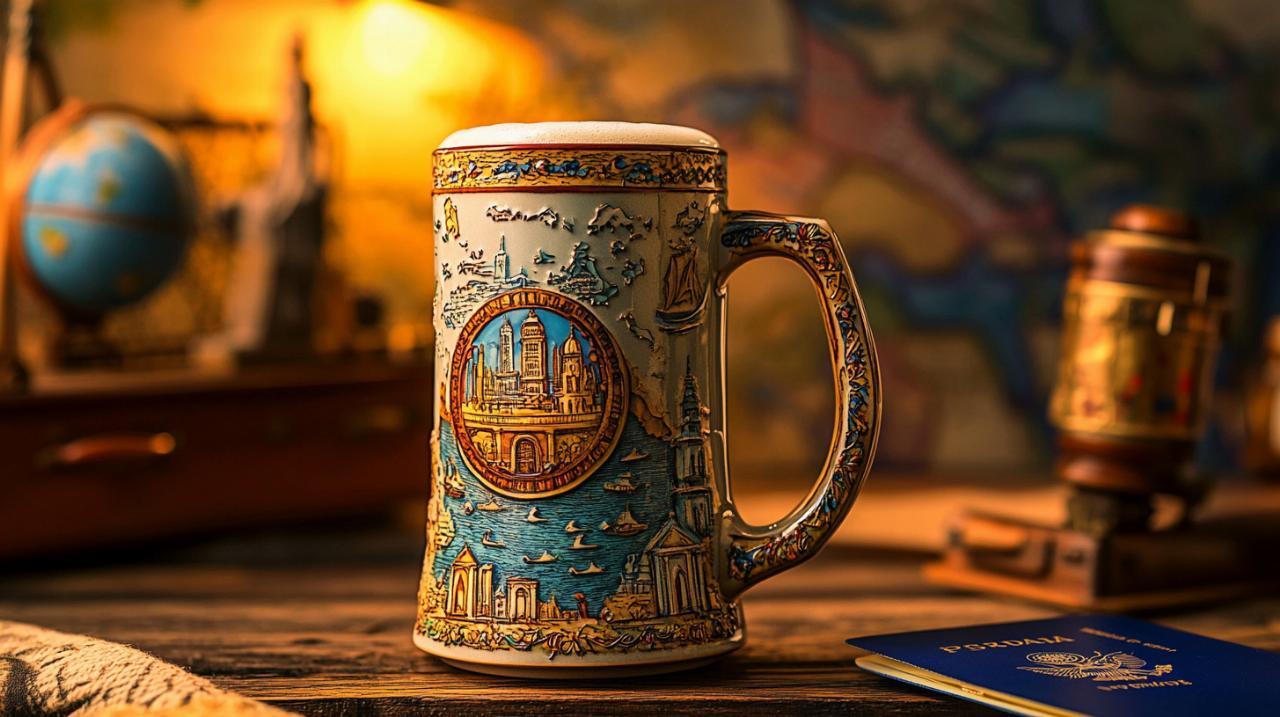Italy, a country synonymous with art, history, and gastronomic delights, offers far more than just the iconic landmarks of Rome, Venice, and Florence. Beyond the well-trodden tourist paths lie countless treasures waiting to be discovered by the curious traveller. Eago-Italia, a passionate advocate for authentic Italian experiences, helps visitors uncover these hidden gems through their stories, advice, and fascinating insights into the country’s diverse regions.
Enchanting italian traditions beyond the guidebooks
Italy’s cultural landscape is as varied as its geography, with each region harbouring distinct traditions that have survived for centuries. From the mountainous northern regions to the sun-drenched southern coasts, authentic Italian experiences await those willing to venture off the conventional tourist route. In the small town of Castelmezzano, nestled against the dramatic Dolomiti Lucane mountains in Basilicata, visitors can participate in the exhilarating ‘Flight of the Angel’ – a zip line connecting to neighbouring Pietrapertosa that offers both thrills and spectacular views of the landscape below.
The calendar of Italian celebrations reveals a tapestry of festivals that mark the changing seasons and honour local patron saints. Many of these events have roots that stretch back to pre-Christian times, blending pagan rituals with Catholic traditions. In the Aosta Valley, bordering France and Switzerland, ancient fire festivals illuminate winter nights, while spring in Umbria brings the vibrant Festa dei Ceri in Gubbio, where teams race through medieval streets carrying enormous wooden structures.
Ancient festivals and customs still alive in rural villages
Throughout Italy, rural communities maintain traditions that city dwellers have long abandoned. In the tratturi of Molise, the ancient grassy mountain paths still witness the seasonal transhumance, where shepherds lead their flocks between summer and winter pastures just as their ancestors did for millennia. This living connection to the past creates a profound sense of continuity in Italian culture.
The Val di Non in Trentino transforms into a sea of pink and white blossoms during spring, when apple orchards flower beneath the watchful gaze of medieval castles. Here, harvest festivals celebrate not only the bounty of the land but also reaffirm community bonds through shared meals and traditional music played on instruments crafted by local artisans.
The art of Italian craftsmanship: from glassblowing to leather-making
Italian craftsmanship represents centuries of knowledge passed down through generations. In Cremona, Lombardy, the tradition of violin making continues in workshops where master luthiers create instruments using techniques pioneered by Antonio Stradivari in the 17th century. Visitors can explore the fascinating Violin Museum to understand how this small city became synonymous with musical excellence.
The island of Murano near Venice maintains its centuries-old tradition of glassblowing, with artisans creating delicate masterpieces using techniques that remain largely unchanged since medieval times. In Florence and smaller towns throughout Tuscany, leather workers continue to produce exquisitely crafted goods using methods refined during the Renaissance. These artisanal traditions represent more than just products for visitors to purchase as they embody the Italian commitment to beauty, quality, and the preservation of cultural heritage.
Culinary treasures off the beaten path
Italian cuisine varies dramatically from region to region, with each area fiercely proud of its local specialities. While tourists flock to familiar pasta dishes in major cities, the true gastronomic treasures of Italy often lie in humble family-run establishments in lesser-known locations. The Slow Food Movement, founded in the Piedmontese town of Bra in the 1980s, has its roots in preserving traditional food cultures against the tide of fast-food homogenisation.
In Basilicata, one of Italy’s least-visited regions, the cuisine reflects centuries of peasant ingenuity, transforming simple ingredients into flavourful dishes. Local specialities include cruschi peppers, sun-dried then quickly fried to create a sweet-crispy accompaniment to main dishes, and lucanica sausage, seasoned with fennel seeds and local spices that speak to the region’s unique culinary identity.

Regional specialities you won’t find in tourist restaurants
The authentic flavours of Italy often remain hidden from mass tourism. In Puglia, the southeastern heel of Italy’s boot, visitors to Sant’Agata di Puglia can sample orecchiette con cime di rapa, ear-shaped pasta served with turnip tops and anchovy essence, a dish that embodies the region’s agricultural heritage. The town itself offers a glimpse into authentic southern Italian life, with its slow pace and preservation of traditional foodways.
Emilia Romagna, often considered Italy’s food heartland, offers treasures beyond the famous Parmesan cheese and balsamic vinegar. In Brisighella, a picturesque town nestled beneath three hills crowned by a clocktower, castle, and church, visitors can sample locally produced olive oil with a distinctive fruity flavour unique to the region. Nearby Comacchio, with its network of canals, provides the perfect setting to enjoy the local speciality of marinated eel, a dish that reflects the town’s historical relationship with its lagoon environment.
The Italian slow food movement and family-run eateries
The essence of Italian culinary tradition lives in small, family-operated establishments where recipes have been perfected over generations. In the wine-growing region of Lugana near Lake Garda, family vineyards produce delicate white wines that perfectly complement the freshwater fish from the lake. Local osterias serve these regional pairings in unpretentious settings where the focus remains firmly on quality ingredients and time-honoured preparation methods.
Treviso, often overshadowed by nearby Venice, offers culinary delights including radicchio rosso, the bitter red leaf that features prominently in local risottos and salads. The city’s relaxed atmosphere allows visitors to experience the Italian tradition of long, leisurely meals where conversation flows as freely as the local Prosecco, produced in the surrounding hills.
Italy’s hidden gems reveal themselves to those willing to step away from the well-worn tourist path. Whether exploring the ancient Sassi caves of Matera in Basilicata, wandering the white streets of Locorotondo in Puglia, or discovering the unspoiled beaches of the Parco del Conero near Ancona, travellers find authentic experiences that connect them to Italy’s rich cultural tapestry. Through local festivals, artisanal traditions, and regional cuisines, the true spirit of Italy continues to thrive in these lesser-known destinations, offering rewards far beyond the familiar postcard views of the country’s famous landmarks.





